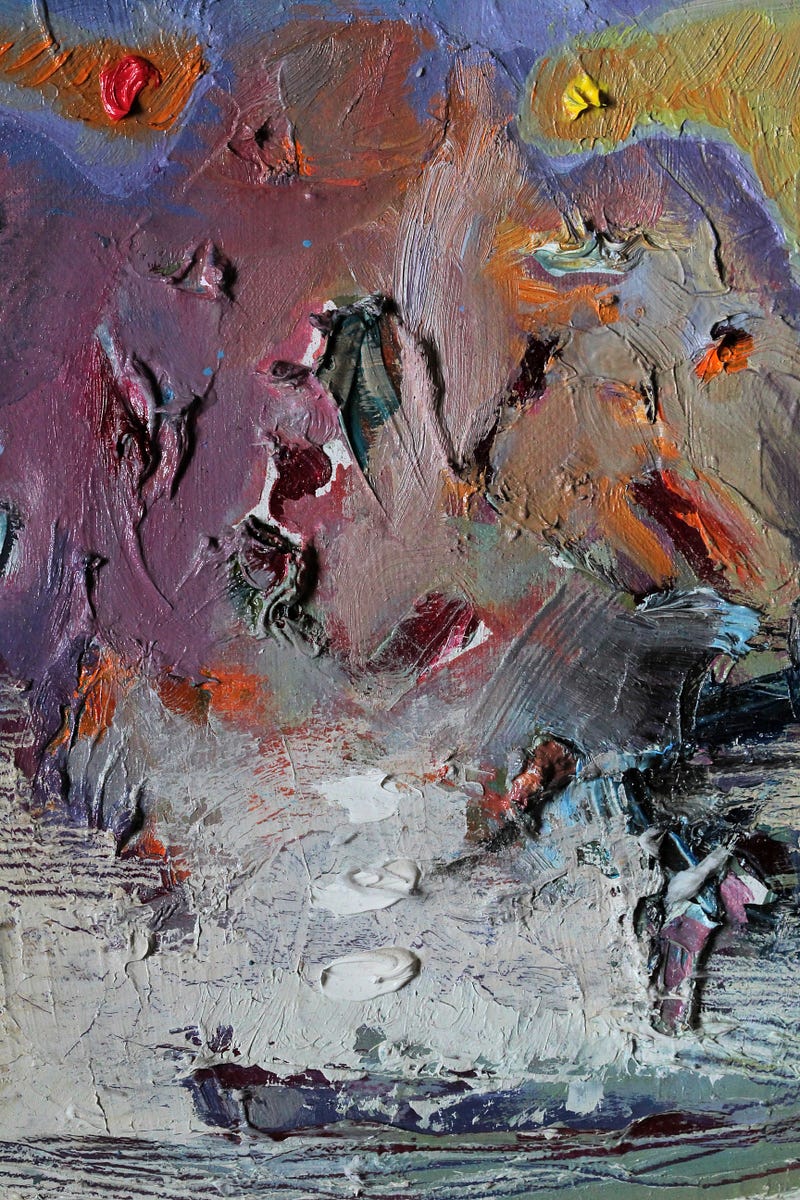Understanding Color Psychology
Color psychology is the study of how colors affect human behavior, emotions, and perception. Different colors have been found to have distinct psychological effects, influencing our mood, cognition, and even physiological responses. Artists use this knowledge to create visual compositions that convey specific messages and evoke desired emotional responses from their audience.
The Emotional Impact of Warm Colors
Warm colors such as red, orange, and yellow are often associated with energy, passion, and excitement. They can evoke feelings of warmth, optimism, and intensity. These colors are frequently used to create a sense of vitality and draw attention to specific elements within an artwork. Warm colors are particularly effective in capturing the viewer’s attention and creating a dynamic and vibrant atmosphere.
The Calming Effect of Cool Colors
Cool colors, including blue, green, and purple, have a calming and soothing effect on viewers. They are often associated with tranquility, serenity, and stability. Cool colors can create a sense of depth and spaciousness in an artwork, conveying a feeling of relaxation and harmony. These colors are commonly employed in artworks that aim to evoke a sense of peace or contemplation.
Symbolism and Cultural Associations
Colors also carry symbolic meanings and cultural associations that can influence emotional responses. For example, red is often associated with love, passion, and power in many Western cultures, while in some Eastern cultures, it symbolizes luck and prosperity. Artists take advantage of these cultural connotations to convey specific messages and elicit emotional responses that resonate with their intended audience.
Contrast and Color Combinations
The use of contrasting colors and color combinations can significantly impact emotional responses in visual arts. Contrasting colors, such as black and white or complementary colors (opposite colors on the color wheel), create visual tension and can evoke strong emotions. Harmonious color combinations, on the other hand, create a sense of unity and balance, eliciting more peaceful and harmonious responses.
The Use of Color in Different Art Forms
Color psychology is relevant to various art forms, including painting, photography, graphic design, and even interior design. In each medium, artists carefully select colors to enhance the intended emotional impact of their work. For example, a landscape painting may use a combination of warm colors to evoke a sense of energy and vibrancy, while a minimalist photograph may utilize cool colors to convey a sense of tranquility and simplicity.
Color Psychology in Marketing and Advertising
The principles of color psychology are not limited to the realm of visual arts but also find extensive application in marketing and advertising. Companies and brands strategically use colors in their logos, packaging, and advertisements to elicit specific emotional responses from consumers. For instance, fast-food chains oftenuse warm colors like red and yellow to stimulate appetite and create a sense of excitement and urgency.
The Subjectivity of Color Perception
It’s important to note that individual experiences, cultural backgrounds, and personal preferences can influence how colors are perceived and the emotional responses they elicit. While there are general associations with colors, people may have unique interpretations and emotional reactions to specific hues. Artists must consider these subjective factors when using color to convey their intended message and evoke specific emotions in viewers.
Color Theory and its Application in Art
Color theory is a system that explores the relationships between colors and provides guidelines for their effective use in art. Understanding concepts such as color harmony, color temperature, and color contrasts can empower artists to create visually compelling compositions that elicit the desired emotional response. By applying color theory principles, artists can effectively communicate their artistic vision and engage viewers on an emotional level.
Conclusion
Color psychology plays a significant role in the emotional impact of visual arts. Artists skillfully utilize colors to evoke specific emotions, convey messages, and create engaging and immersive experiences for viewers. Whether it’s the vibrant energy of warm colors or the calming effect of cool colors, understanding the psychological impact of colors allows artists to harness their power and create impactful artworks that resonate with audiences.


No comments:
Post a Comment